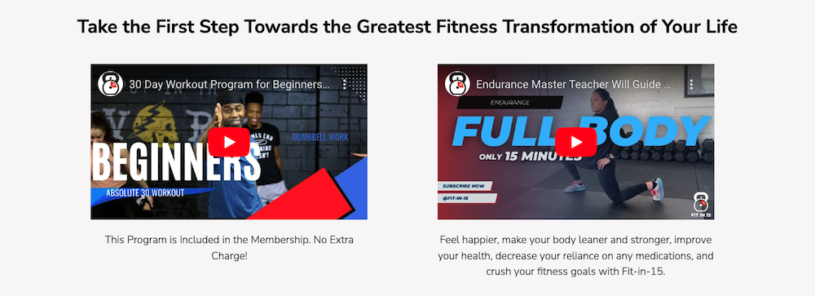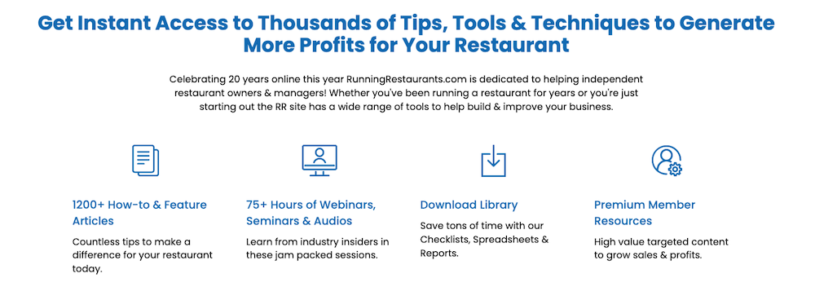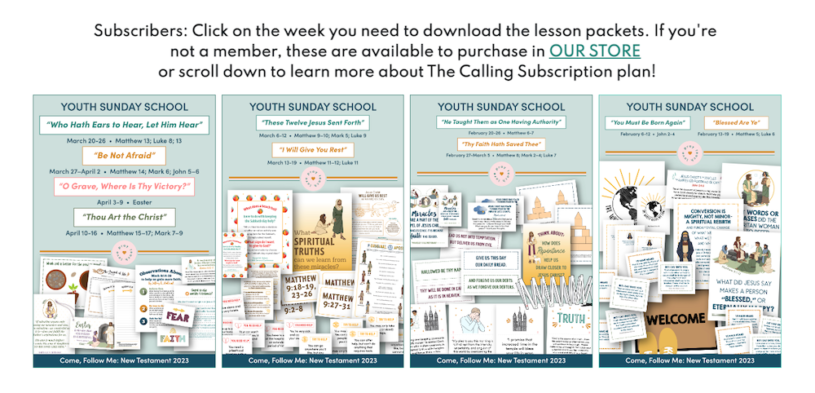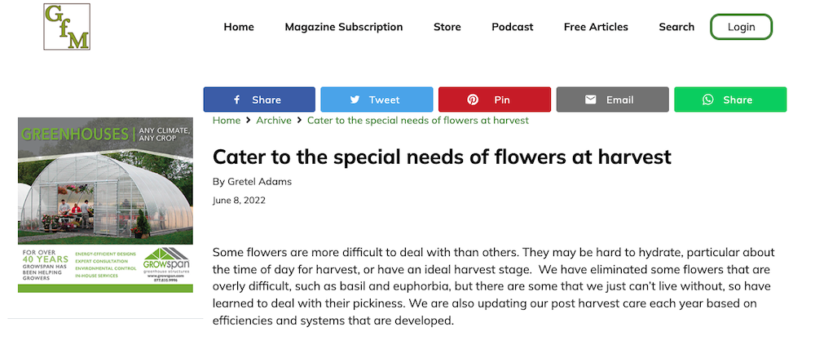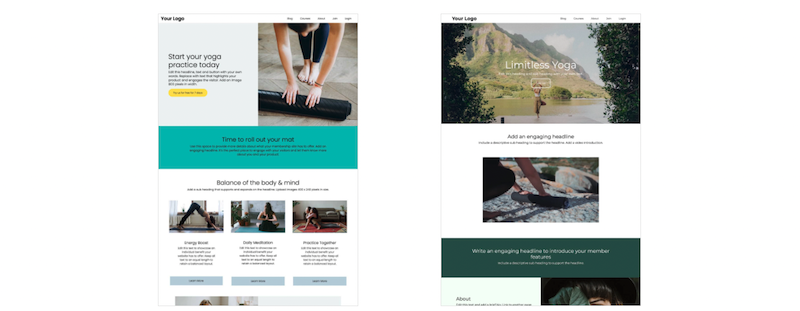
If you are planning on starting a content-based website or online magazine, getting things right from the very beginning can save you a lot of time, money and heartache later.
This checklist of software features is based on our experience of building hundreds of content websites for a wide range of clients.
What an Online Magazine Is and Is Not
An online magazine is much more than a blog, which is simply a chronological list of posts. An online magazine should be focused on publishing different types of content, building long-term relationships and, most importantly, generating multiple revenue streams. Online magazines are digital versions of a print magazine that you can read in your web browser. They might share a platform with a blog, but the content is more feature-rich.
Feature #1 – Membership Model Platform
A content management solution/system (CMS) enables you to add text articles, video clips and images to your website without know any code or the backend technical workings of your site. That's a given, but a membership model platform is going to allow you to monetize your publication. As a publisher of an online magazine you must have complete control over adding, editing and removing your content, preferably without having to know any HTML or have other technical skills. You also need a platform that has all the technology features to allow you to publish new material according to your editorial calendar, and charge for access.
Feature #2 – Enable Multiple Revenue Streams
Successful online magazines, like their offline counterparts, have multiple revenue streams. These should include:
- selling advertising space
- providing affiliate links
- charging for subscriptions to premium content
- selling merchandise via your own online shop
- promoting offline events
Feature #3 – Member Database
Every online magazine, whether they are free or subscription-based, needs to have a way of collecting visitors names and other personal details. As an example, SubHub's Member Manager is an automatically updated list of everyone who has signed up on your website for a subscription plan, whether free or paid. You can also tell at a glance when they signed up, when their subscription expires, and their method of payment. Customer databases should always be searchable, exportable and simple to customize. An extra advantage is to be able to email your customers directly from your website.
Feature #4 – Integrated Payment Processing
Payment processing is often added as an afterthought. It shouldn’t be. It is essential to have the capability to process credit cards tightly integrated into your website, so it can be used to charge for membership / subscriptions, product sales and generate income from other services. Adding payment processing is much easier to do when setting up a website, especially if payment processors like Stripe and Paypal are integrated into the platform.
Feature #5 - Flexible Design Interface
You may (and probably will) want to continually tweak and change your website design.
You, or your designer, should have access to a graphical design interface where tweaks can be easily made, or a completely new design can be added, including fonts, colors, and your logo if you already have branding in place.
Feature #6 – Flexible Functionality
When you start an online magazine you can never be sure of how it will develop. Therefore you should start with a website that can easily be upgraded and have new functionality added without any issues. The best way to do this is to work with an all-in-one platform that allows you to add or embed content easily, and doesn't require any maintenance on your part.
Feature #7 – Search Engine Optimization
A lot is said about search engine optimization, but the truth is very simple. You must have a website that is very easy for the search engines to discover and index so it can be found when prospective readers search for content like yours. If it is easy to find and you keep adding great quality content the search engines will include you on their results pages.
Make sure that the search engines can index every page, including category pages and teaser pages that outline your paid content. If those pages come up in search, visitors may be prompted to find out more or join your membership. Add a sitemap to your website to make it easy for the search spiders to index.
Feature #8 – Multimedia Content
Specialist information websites should have content in multiple formats including text, images, audio and video. Even if you don’t plan on using these formats today, make sure your website is enabled to use them in the future. Multimedia content is one of the most important advantages that an online magazine has over its print competitors.
Feature #9 - Image Library
Images are an important and often overlooked part of a good online magazine. Your platform should have the capability to manage photos so they can be inserted into any page, with clear labelling (alt-tags) and the ability to make them a link to other content or websites.
Feature #10 - Download Library
Most online magazines provide their readers with downloads. These could be reports, ebooks, software programs, video clips or audio files. Your website should make it easy to upload and manage downloads, so they are accessible to your readers.
Feature #11– Relationship Building Applications
Once you get visitors coming to your online magazine you need to start building a relationship with them to encourage them to return.
The most important applications for building online relationships are:
- email newsletters
- automatic notification of new content availability
- discussion and question forums for subscribers
- comment fields under articles
Feature #12 – Integrated Login and Password Access
Password protection gives members access to premium content. It should be integrated with the member database and your platform. This will ensure it is secure and not a barrier to access. Once a subscriber has signed up to receive your publications, they should receive an email confirmation of their username and password, and instructions on how to access the content.
Feature #13 – Reports & Analytics
You should be able to easily access all the information about how your website is performing. On the SubHub platform, for example, you will find reports on member behaviour such as logins, downloads, and store orders.
An external analytics platform such as Google Analytics will provide crucial information such as the number of visitors and page views, most popular pages, and where your traffic is coming from. Only when you have this information at your fingertips will you be able to understand the needs of your customers.
Feature #14 – Monitoring, Security and Backup
Publishers often overlook the importance of having secure flexible hosting, with automated backup. Most websites, including the leaders like eBay and Amazon have downtime. You need to minimise the risk of failure by regularly backing up all of your content.
Feature #15 – Simple Control Panel
As you will see from the above list of features, a lot of different applications make up a well-functioning online magazine. If possible, the service you choose should have all (or most) of the applications run from a single, easy-to-use control panel.
Feature #16 - Future-Proof
You need your website to grow with your business so the design, functionality and scalability should be flexible enough to change to meet your target audience's changing needs.
Feature #17 - Support
Although this is last on our list, it should be among your highest priorities. When you are running an online magazine your time is very valuable. You need to be able to focus on creating content, marketing and managing your clients, not worrying about bandwidth, hosting, backup, upgrades and fixing bugs. Good support by people who really understand both the technology and online publishing is vital.
Conclusion
Online publishing is one of the most exciting business opportunities on the internet today. It is still in its infancy, but established enough that you will not have to reinvent the wheel. Everything you need to be successful is available and accessible to novices and experts alike.
This checklist may appear daunting to inexperienced entrepreneurs, but a good online publishing platform, like SubHub, should have all this functionality integrated and ready to use.
SEE ALSO:


